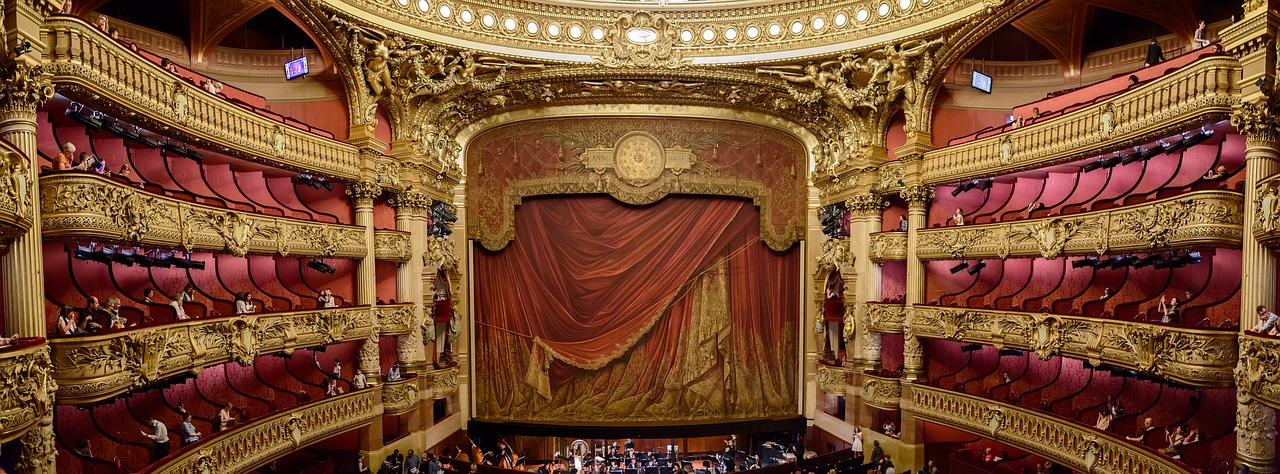
This Week: Theatre used to be more interactive – can it be again?… There’s an awful lot of arts video out there – but what do audiences want?… Can you shame an arts organization into being more diverse?… More orchestras are getting out of their concert halls… Can artificial intelligence connect us more closely to art?
- How Can We Make Theatres More Interactive? Director Diane Paulus remembers a time when theatres were. “The old vaudeville houses were interactive; in gilded opera theatres, the lights used to stay up, the crowd as much of a spectacle and dramatic social circus as the one that was happening on stage.” Paulus likens it to sport; not all games or matches share one quiet, obedient audience. In golf, silence is customary, but in basketball, the crowd brings the energy and participates actively, even swaying the results of the game through their encouragement or distractions. Theater used to be that way too, with a spectrum of audience behaviors to match the tone of each production.
- What Do Audiences Want From Arts Video? Many arts organizations are producing video supporting their work. So what video do audiences want? “Based on our research data, digital content has two functions primarily: it develops the audience’s familiarity with the company’s work, and it aligns their expectations of a particular performance. Rather than using supporting materials to make a purchase decision, audiences tend to consume them after booking their tickets, to gain an insight into the story and creative process, reassure themselves of the quality of the company and production, and increase their level of anticipation ahead of the performance.”
- Diversity Shaming As A Tactic: Unmasking an organization’s lack of diversity – staff, boards, etc… is becoming a common tactic in pressuring those organizations to be more diverse. But does it work? Is it fair for one aspect of an organisation’s work to tar the rest? And, equally, can the sector become more diverse and inclusive by ‘naming and shaming’?
- Getting Our Of The Concert Hall As A Strategy: Increasingly orchestras and theatre and dance companies are getting out of their theatres. “Arts administrators are united in the belief that spreading music as far as possible, in both the digital and physical worlds, is more than just a marketing gimmick: It’s a strategy for survival. The world is full of intellectually curious, artistically adventurous young people who would no more buy a ticket to hear Brahms’s Requiem in concert at Geffen Hall than they would stick a stamp on a handwritten letter.”
- Can Artificially Intelligent Machines Connect Us More Closely To Art? Can machines give us better insight into art? Help us understand it better? “In areas like health care and transportation, we spend a lot of effort characterizing the performance and having a crisp understanding of how A.I. does what it does,” Eric Horvitz said. But with art, he added, “we want A.I. to be creative and make mistakes and meander.” Something may be gleaned from that whimsy.